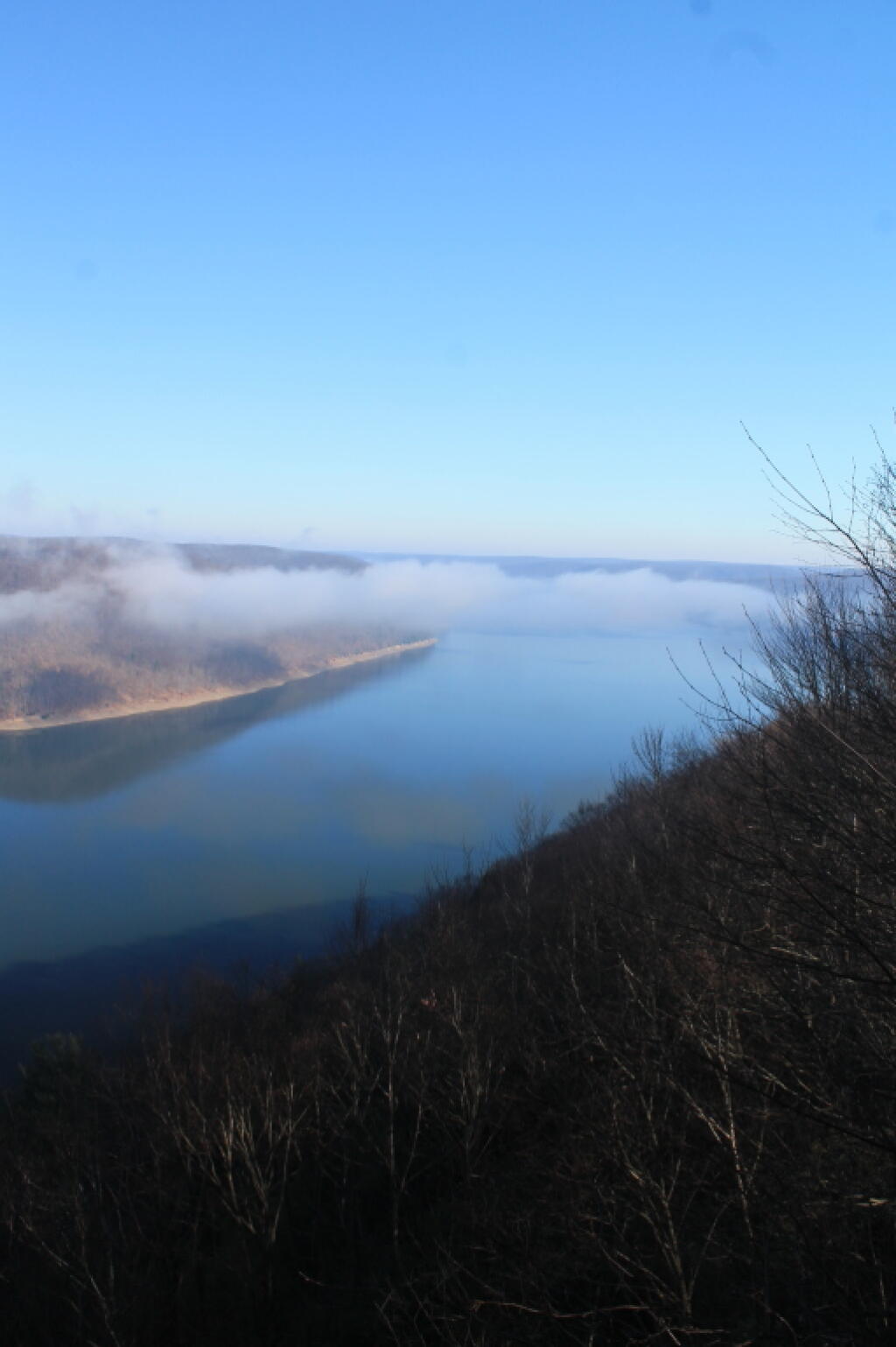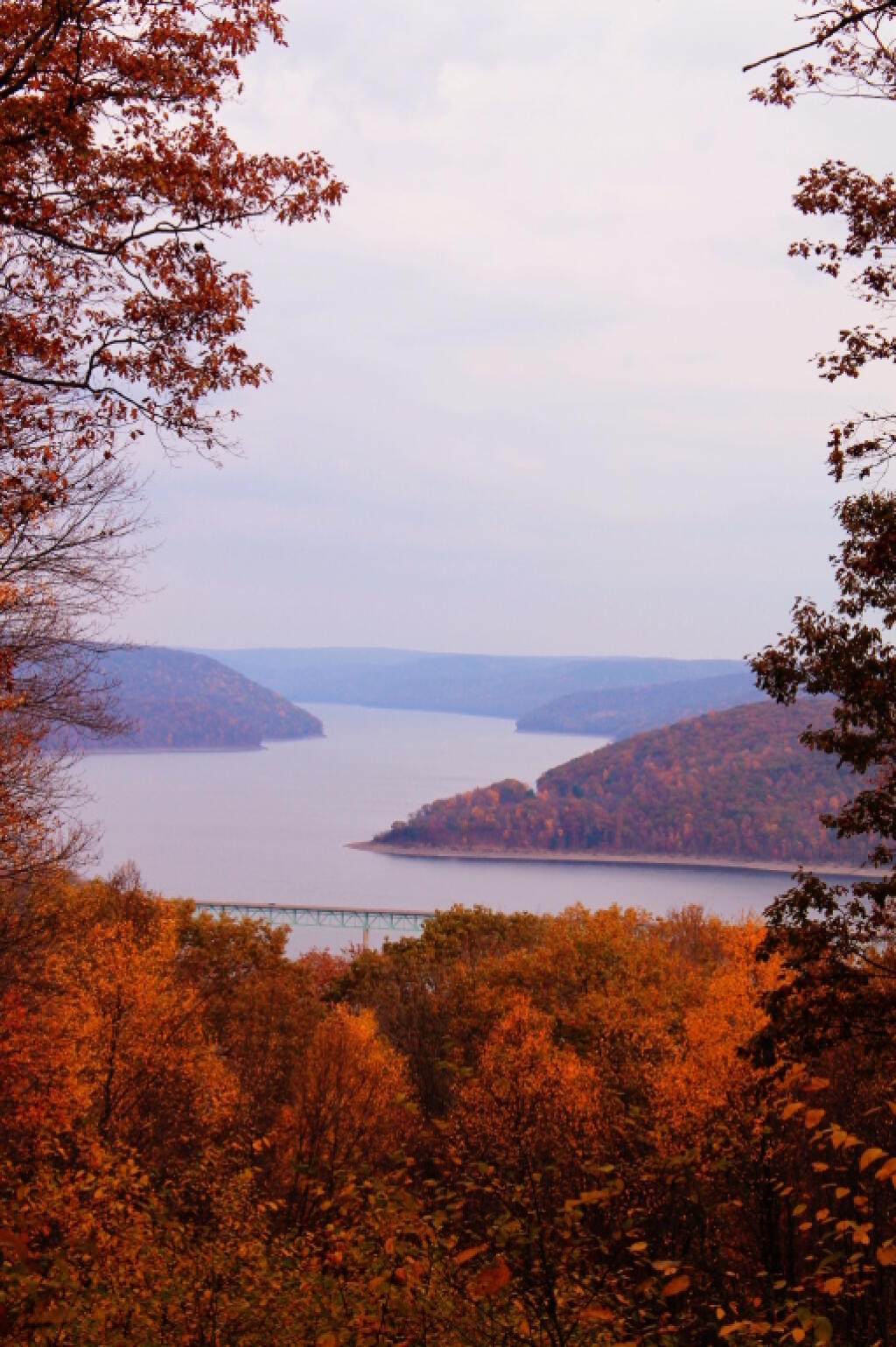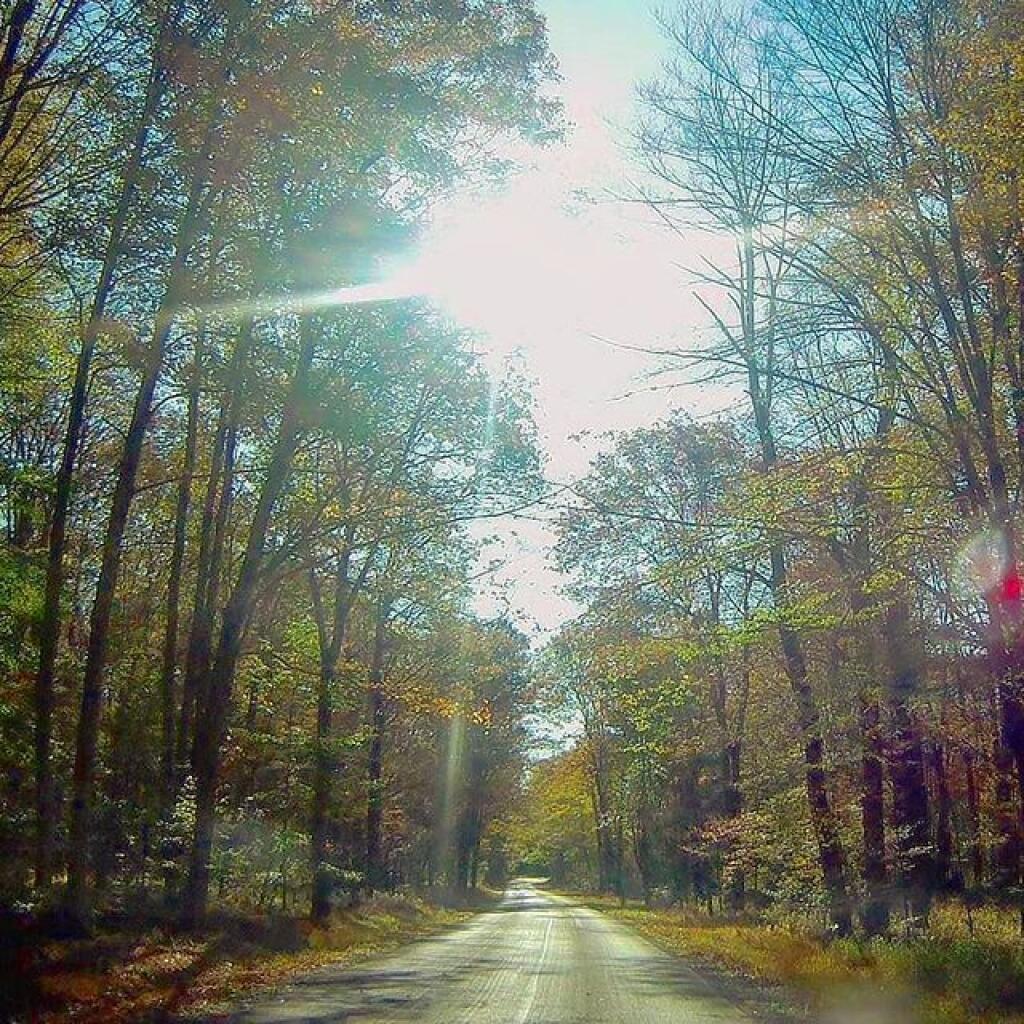Allegheny National Forest
The Town of Kinzua, PA
A bridge named after him, too | News, Sports, Jobs – Times Observer
James Morrison, who moved with his family to Warren County about 1800, is believed to have been the first permanent settler of Kinzua Township. Previously, Morrison had rendered active service during the Revolutionary War, having engaged in combat at Staten Island in 1776 and in the crucial victory at Trenton on the day after Christmas. In recognition of the firesight, courage and independence of this early Pennsylvania pioneer, the General Assembly hereby recognizes his achievements by affixing his name to a bridge in his adopted Warren County.
The Controversial Kinzua Dam | Pennsylvania Center for the Book
Located on the Allegheny River in Warren County, the concrete and earth embankment dam stands 179 feet tall, 1877 feet long, and 1245 feet wide. The lake created by the dam has a normal elevation of 1328 feet and is 24.2 miles in length with a total of 12,080 acres in area in Warren and McKean Counties in Pennsylvania and into New York State.
Built 1966, the Kinzua Dam was authorized under the Flood Control Acts of 1936 and 1938. The dam was constructed to protect Pittsburgh and reduce flood levels in the Ohio River Valley after a series of floods devastated Pittsburgh, Johnstown, and other cities downstream the Allegheny River.
Cornplanter, Can You Swim? | AMERICAN HERITAGE
In a cemetery high on a promontory overlooking the broad waters of the new Allegheny Reservoir in northwestern Pennsylvania stands a stone monument to a once powerful and celebrated Seneca Indian war chief, The Cornplanter, who fought with the British against the Americans during the Revolution, and then became a loyal friend of the United States and a steadfast protector of American families settling in the wilderness of the upper Ohio River basin. The monument has not been at its present site long. In 1964, amid controversy, anger, and the protests of many Seneca Indians, the United States Army Corps of Engineers moved the memorial shaft, together with what was left of the earthly remains of The Cornplanter and more than 300 of his followers and descendants, from an Indian cemetery (“our Arlington,” pleaded a Seneca woman) that was about to be inundated by rising waters behind the engineers’ new Kinzua Dam on the Allegheny River.


